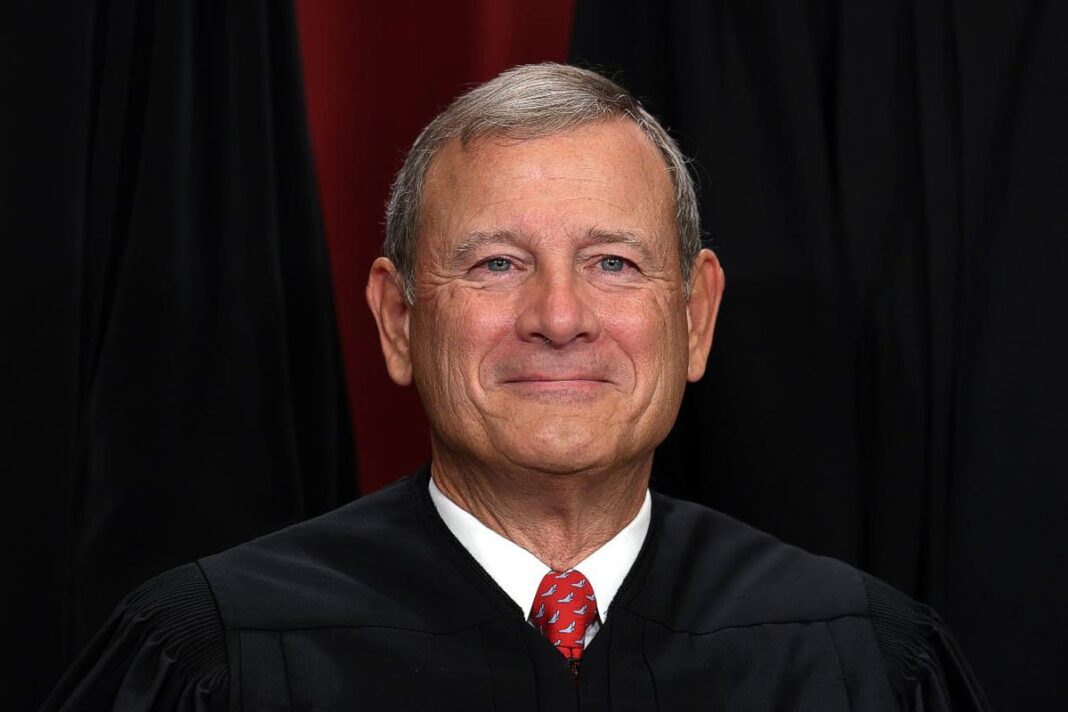Heated rhetoric about judges ‘not terribly helpful,’ Roberts said, warning it can fuel violence.
Supreme Court Chief Justice John Roberts on June 28 warned that heated rhetoric against judges could spiral into violence, urging Americans to pursue legal and legislative remedies instead of threats when they disagree with court rulings.
Appearing at the 4th U.S. Circuit Court of Appeals judicial conference in Charlotte, North Carolina, Roberts made his remarks the day after the Supreme Court issued its final decisions of the term, which included several closely watched rulings, including on birthright citizenship, parental rights, and online protections for minors.
Roberts, without naming specific figures, alluded to having previously rebuked prominent politicians from both parties for inflammatory statements about judges.
“It becomes wrapped up in the political dispute that a judge who’s doing his or her job is part of the problem,” Roberts said. “And the danger, of course, is somebody might pick up on that. And we have had, of course, serious threats of violence and murder of judges just simply for doing their work. So I think the political people on both sides of the aisle need to keep that in mind.”
The chief justice stressed that criticism of judicial decisions should focus on legal reasoning, not personal attacks on judges.
“It would be good if people appreciated it’s not the judge’s fault that a correct interpretation of the law meant that, no, you don’t get to do this,” he said. “And it may be an incorrect interpretation. But if that’s their criticism, then, of course, they can explain that, and maybe the court of appeals will take a different view. But if it’s just venting because you lost, then that’s not terribly helpful.”
Roberts avoided discussing specific opinions handed down this year but acknowledged the “frenzy” that often accompanies the Supreme Court’s term-end rush. “We’re all lawyers and, like lawyers, we put things off until the last minute,” he joked, before explaining that the justices’ process of deliberation sometimes grows more intense as deadlines loom.
“There are nine of us and we all have to come together, in one place or another, on a lot of different cases, and people have their own ideas of the schedule,” he said, noting that things were “a little crunched” this year and that the court hopes to space out its work more evenly next term.
By Tom Ozimek








